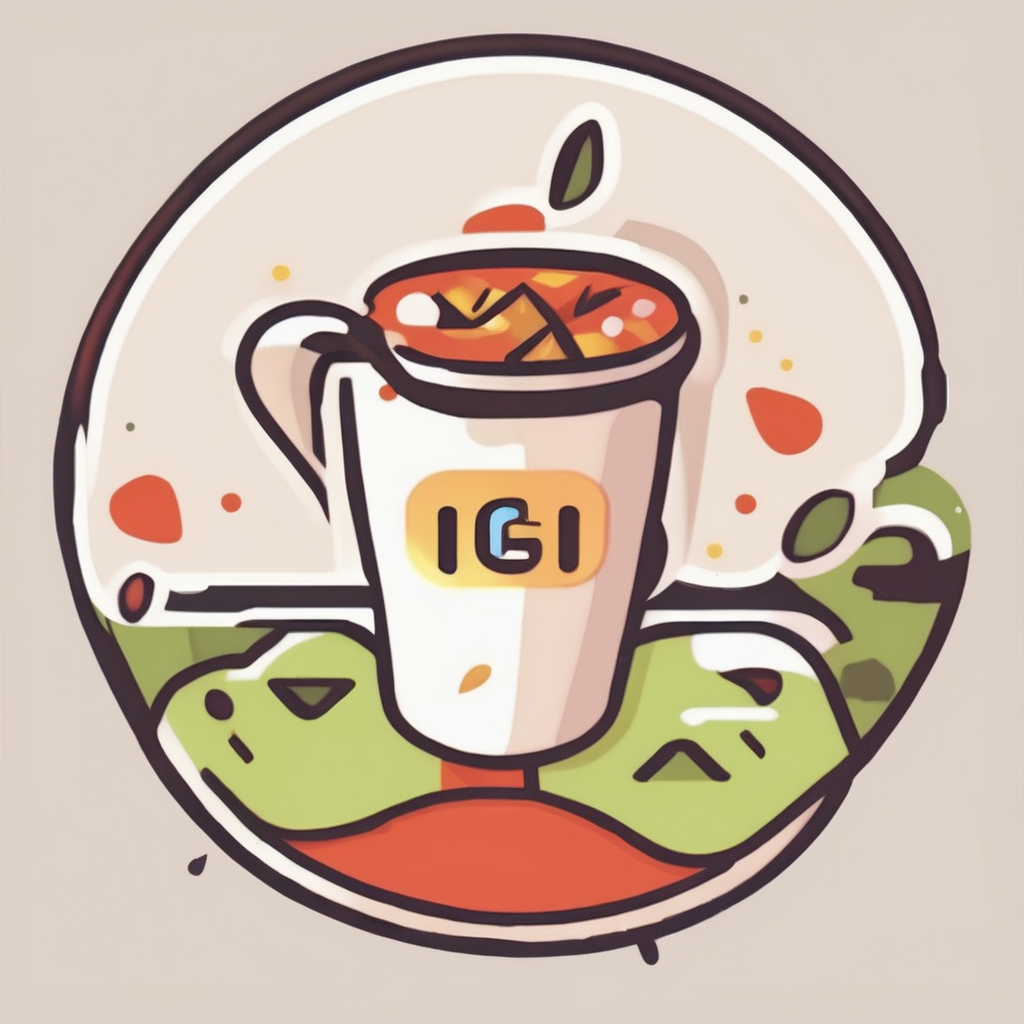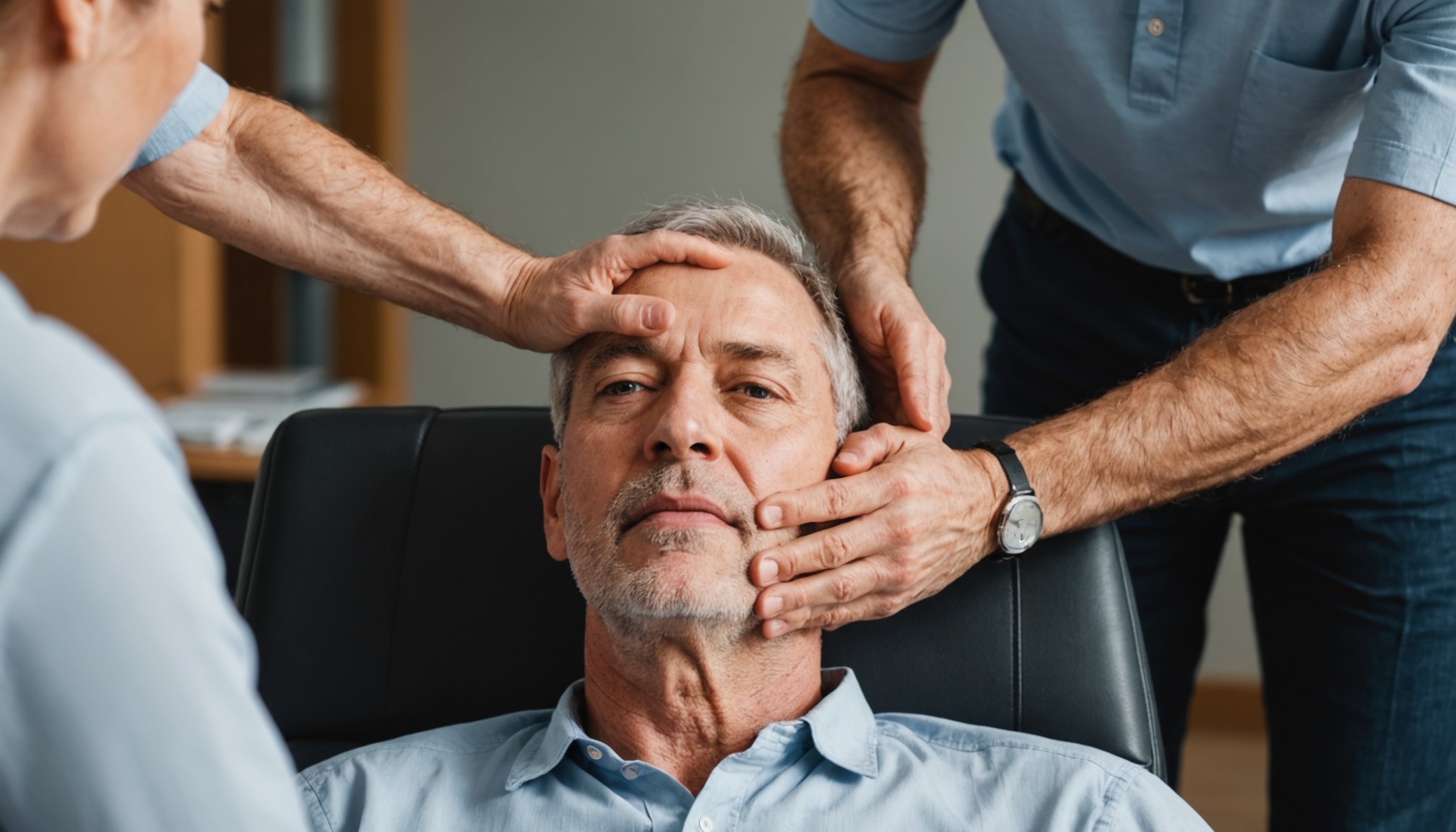Overview of Chronic Pain in the UK
Chronic pain affects a significant portion of the adult population in the UK. Defined as pain persisting for over three months, it can be caused by a variety of factors including injuries and medical conditions. This condition is not just a minor inconvenience; it impacts daily life and mental health significantly, often leading to issues such as anxiety and depression.
Prevalence and Impact
- Chronic pain affects approximately one in five adults in the UK, translating to a substantial impact on the healthcare system and society.
- The UK healthcare system recognises chronic pain as a serious condition requiring multi-faceted pain management strategies.
Statistics on Pain Management
In recent years, the focus on improving pain management within the UK healthcare system has intensified. The challenge lies in effectively combining various approaches, such as medication, physical therapy, and psychological support, to cater to individual needs. Maintaining mental health is a crucial component of comprehensive pain management, as chronic pain often exacerbates existing mental health conditions. By addressing both physical and psychological aspects, the UK aims to improve the overall quality of life for those experiencing chronic pain.
In the same genre : Boost Your Activity: Creative Ways for UK Adults in Sedentary Jobs to Stay Active Every Day
Pain management initiatives continue to evolve, reflecting an understanding of the profound impact chronic conditions have on individuals and society.
Benefits of Non-Pharmaceutical Approaches
Exploring non-pharmaceutical methods introduces a realm of health benefits that pharmaceutical interventions may not always provide. A cornerstone advantage is the considerable reduction in side effects. Many pharmaceutical solutions involve potential adverse effects ranging from minor discomforts to significant health risks. Non-pharmaceutical methods often avoid these pitfalls, leading to a safer and gentler approach to wellness.
Also read : Does Daily Oatmeal Help Lower Cholesterol for Adults Over 40 in the UK?
Additionally, these approaches help mitigate issues tied to long-term dependency. Pharmaceuticals, particularly pain relief drugs, can lead to an increased risk of dependency, necessitating higher doses over time to achieve the same effects. In contrast, non-pharmaceutical methods like physical therapy, acupuncture, and meditation provide effective pain relief without the looming threat of addiction or tolerance.
Furthermore, the holistic impacts of these methods significantly enhance overall well-being and quality of life. By focusing on healing and health improvement beyond mere symptom relief, non-pharmaceutical approaches encourage lifestyle changes that promote mental, emotional, and physical harmony. Such integrative strategies foster a more sustainable path to health, empowering individuals to take an active role in their own wellness journey. Exploring these benefits illustrates the potential for a more balanced and mindful approach to maintaining health and managing pain.
Physical Therapy as a Pain Management Strategy
In the realm of rehabilitation and chronic pain relief, physical therapy has emerged as a critical approach, leveraging various techniques to promote healing and reduce discomfort. Its application is diverse and patient-specific, allowing therapists to tailor their methods to individual needs.
Techniques Used in Physical Therapy
Physical therapy employs numerous evidence-based techniques such as manual therapy, exercise protocols, and modalities like ultrasound or electrical stimulation. These methods work synergistically to improve mobility, enhance strength, and alleviate pain. The personalised nature of these techniques makes them effective for a wide range of conditions.
Effectiveness of Physical Therapy
The effectiveness of rehabilitation through physical therapy is well-documented in literature and practice. For instance, case studies demonstrate significant improvements in patients suffering from chronic pain conditions such as lower back pain. The multi-faceted approach not only targets pain but also promotes overall well-being, making it a sustainable chronic pain relief strategy.
Access to Physical Therapy Services in the UK
Access and affordability of physical therapy services vary across the UK, with some areas offering more robust options than others. Public health systems provide certain services, though demand often necessitates private clinics. While accessibility can be a challenge, many initiatives are in place to expand reach and affordability.
Acupuncture for Chronic Pain Relief
Acupuncture is gaining traction within the realm of alternative therapies for its efficacy in pain management. It offers an attractive non-pharmacological option for individuals seeking relief from chronic pain.
Mechanisms of Action in Acupuncture
Acupuncture is believed to work by stimulating specific points on the body, often referred to as acupuncture points or meridians. This method triggers the release of chemicals in the brain, such as endorphins and serotonin, which serves to alleviate pain. Furthermore, acupuncture may influence the autonomic nervous system and modify the activity in pain pathways. This comprehensive approach can result in reduced inflammation, increased blood flow, and ultimately, pain relief.
Evidence Supporting Acupuncture
A substantial body of research supports the effectiveness of acupuncture in pain management. Numerous clinical studies have found that acupuncture can significantly reduce chronic pain symptoms in conditions such as osteoarthritis, migraines, and lower back pain. Patients often report improvements in both pain intensity and quality of life. Unlike drug therapies, acupuncture presents fewer side effects, making it a viable alternative for many.
Acceptance of Acupuncture in UK Healthcare
In the UK, acupuncture is increasingly integrated into mainstream healthcare. Many hospitals and clinics offer acupuncture treatments, recognising its potential benefits as part of a holistic approach to managing chronic pain. As acceptance grows, more healthcare professionals are recommending acupuncture alongside conventional therapies, highlighting its place in modern pain management.
Mindfulness and Cognitive Approaches
Effective pain management strategies often involve both mindfulness and cognitive therapy. By actively engaging in these practices, individuals can significantly alter their perception of pain and enhance overall well-being. Mindfulness plays a crucial role in pain perception, allowing individuals to observe their discomfort without judgment, which can result in reducing its emotional impact.
Mindfulness practices involve techniques such as meditation, deep breathing, and body scanning. These activities encourage relaxation and promote a heightened awareness of the present moment. By practising mindfulness, people may experience a reduction in stress and anxiety, which can often exacerbate pain symptoms.
In addition to mindfulness, cognitive behavioural therapy (CBT) offers a framework for understanding and altering unhelpful thought patterns related to pain. CBT helps individuals reassess their thoughts and behaviours, potentially leading to improved adherence to pain management strategies. The impact of mental health on chronic pain is significant, as depression and anxiety can intensify the experience of pain. Therefore, integrating these cognitive approaches is paramount in crafting a successful pain management plan.
Ultimately, the combination of mindfulness and cognitive approaches provides a comprehensive method for managing chronic pain, with the potential for enhanced treatment outcomes and improved mental health.
Exercise as a Non-Pharmaceutical Approach
When it comes to addressing chronic pain relief, incorporating exercise therapy can be a profoundly beneficial strategy. This approach does not only alleviate pain but also enhances overall well-being. Critical to this method are several types of exercises that have shown considerable promise for chronic pain sufferers.
Beneficial Exercise Types
- Aerobic Activities: Engaging in activities like walking, swimming, or cycling can enhance cardiovascular health while providing gentle relief for persistent pain.
- Strength Training: Carefully designed routines focusing on muscle strengthening can support joint stability and pain reduction.
- Flexibility Exercises: Incorporating yoga and stretching can improve flexibility and reduce tension, helping ease chronic pain.
Effectiveness of Exercise in Pain Management
Numerous studies underscore the efficacy of exercise therapy in reducing chronic pain. The physical activity boosts endorphin production, acting as natural pain relievers. Furthermore, regular exercises promote improved moods and better sleep, indirectly reducing pain perception.
Starting Safe Exercise Regimens
Consulting healthcare professionals is paramount when initiating an exercise routine for chronic pain relief. Begin with low-impact activities, gradually increasing intensity as tolerated. Listening to the body’s signals and adjusting accordingly ensures a safe and sustainable approach to managing pain through exercise.
Integration of Non-Pharmaceutical Approaches into Care Plans
Integrating non-pharmaceutical approaches into personalized care plans can significantly enhance the management of chronic pain. The importance of an integrated care system cannot be overstated, as it involves a multidisciplinary approach. Bringing together various treatment options allows professionals to offer more comprehensive and tailored solutions.
A key component of successful integration lies in collaborating with healthcare providers. By promoting dialogue among specialists, patients, and primary healthcare teams, a holistic strategy for alleviating chronic pain can be implemented. Such cooperation ensures the development of a personalized care plan that addresses the unique facets of each patient’s condition.
For example, consider a case where a patient with chronic back pain finds relief through a combination of physical therapy, mindfulness practices, and traditional medical treatments. This integrated approach, fine-tuned to the individual’s needs, demonstrates how a multidisciplinary approach can effectively reduce reliance on pharmaceuticals while enhancing overall well-being.
In summary, integrating non-pharmaceutical approaches in treatment options for chronic pain fosters a proactive collaboration that benefits patients through personalized care. By prioritising communication between multiple healthcare providers, patients receive a balanced and effective care plan tailored to their needs.
Accessibility of Non-Pharmaceutical Options in the UK
In the UK, the accessibility of non-pharmaceutical therapies hinges significantly on the healthcare system’s policies and funding mechanisms. The National Health Service (NHS) supports some complementary therapies like acupuncture and physiotherapy, especially for pain management and mental health issues. Yet, widespread accessibility is often limited by geographic and budget constraints.
Rural and underserved populations face notable challenges when accessing these therapies. Distance from urban centers, where most providers are located, can make reaching these services difficult. Additionally, funding inequality across regions contributes to disparities in availability. This inequity can affect individuals’ ability to pursue alternative therapies, often leading to an over-reliance on conventional medication.
However, resources are available to increase accessibility to non-pharmaceutical options. Online platforms, for instance, provide databases and directories to help individuals locate nearby providers. The NHS also offers some guidance on recognising legitimate and qualified practitioners. Community centers and voluntary organisations can also be valuable in connecting individuals to suitable non-pharmaceutical resources.
Overall, enhancing accessibility requires addressing policy, infrastructure, and funding disparities. By expanding support and resources, the system can better integrate these options into the broader healthcare landscape, providing more holistic care solutions.











